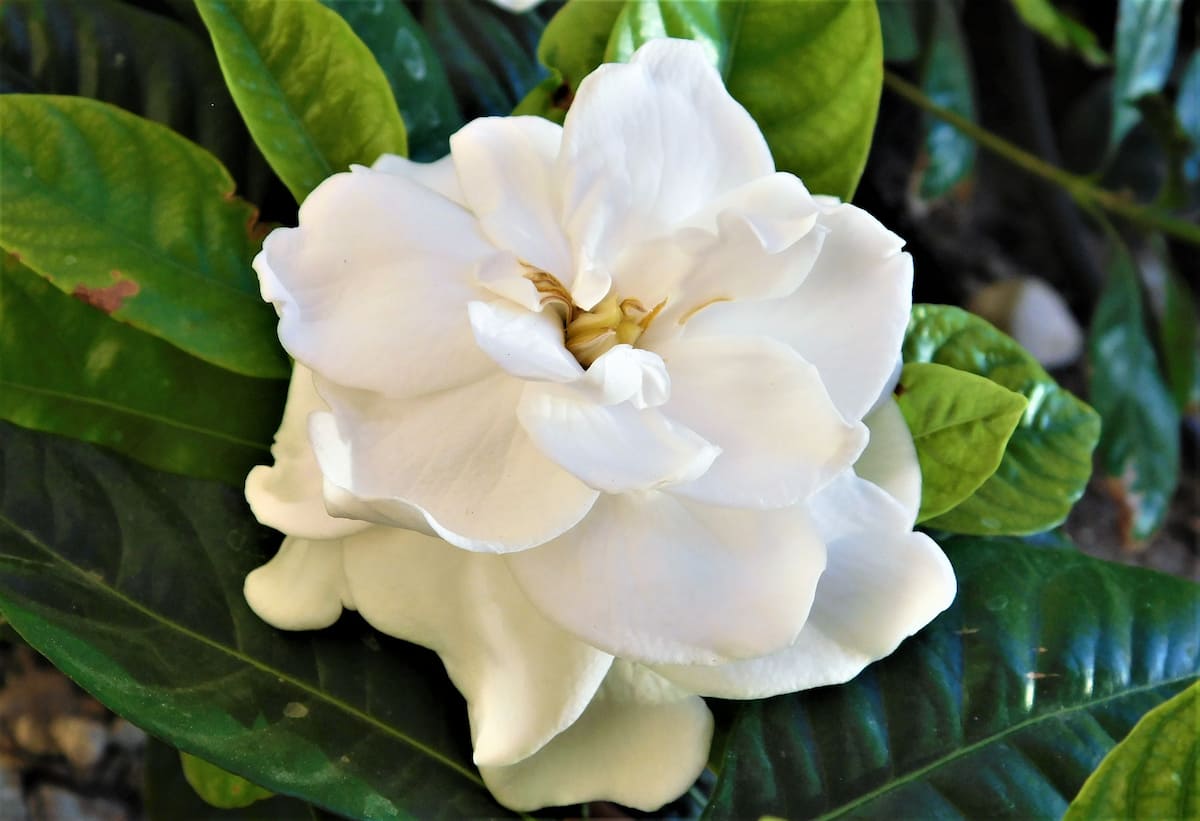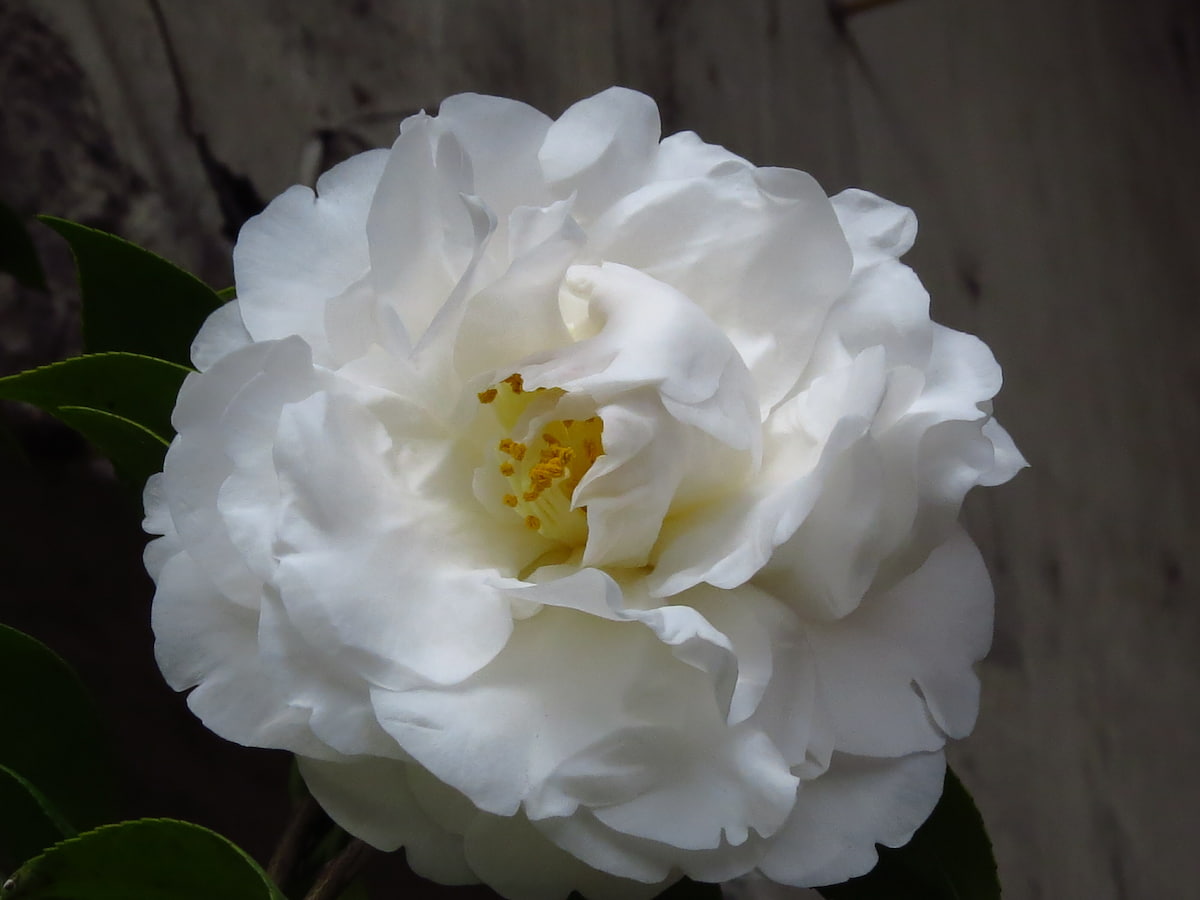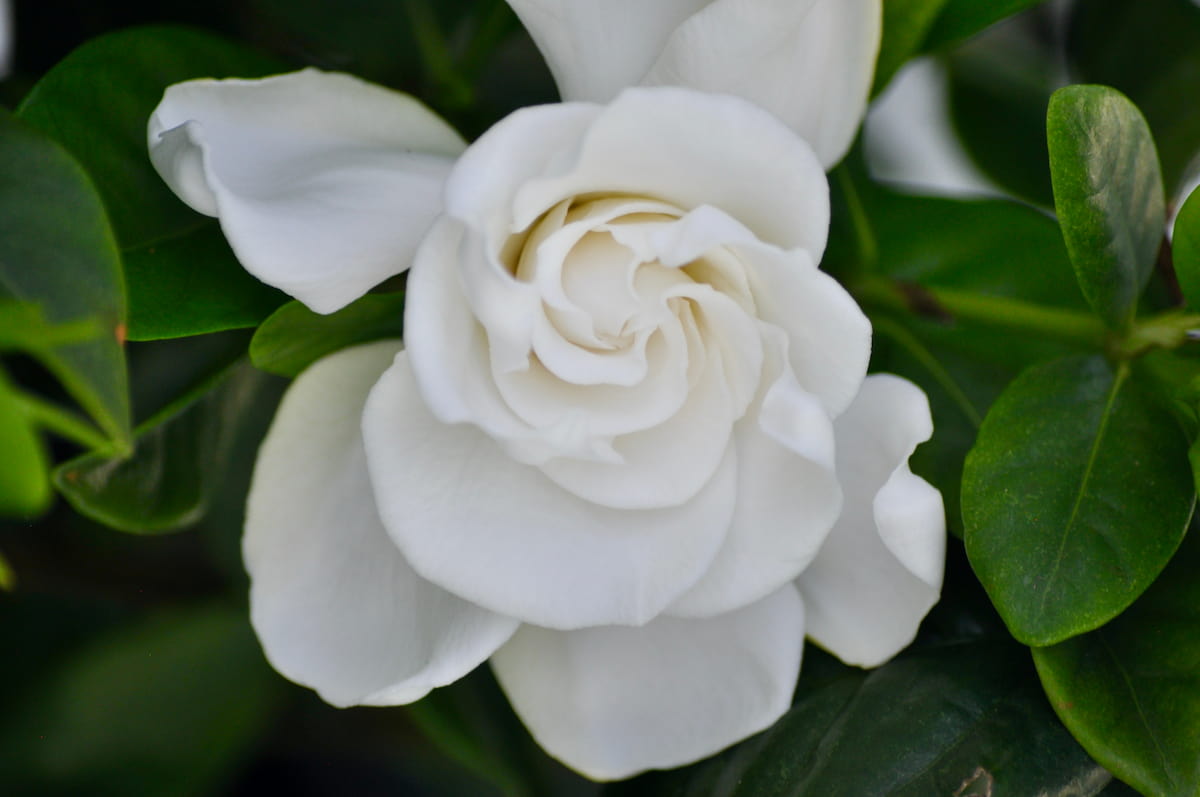A Gardenia is a tropical broadleaf evergreen, usually grown indoors as a large potted plant for its scented white flowers. A Gardenia is beloved for a very simple reason: Few natural scents are as memorable, evocative, and captivating as a Gardenia. In reality, most gardeners would not grow high-maintenance Gardenias, susceptible to many insects and diseases, without the wonderful fragrance. A conservatory or greenhouse is the most common place to find them.

How to Grow Gardenias/white Peony in Greenhouse
Gardenia Varieties
- August Beauty
- Frost Proof
- Golden Magic
- Jubilation
- Kleim’s Hardy
Light Requirements for Growing Gardenias in Greenhouse
The greenhouse potted Gardenia prefers bright light but not direct sunlight, especially during summer. It is good to place them in a sunny place with afternoon shade. It is best to plant garden Gardenias in partially shaded areas. Having some sun and shade in the afternoon is also a good combination.
Soil Requirements for Growing Gardenias in Greenhouse
As acid-loving plants, Gardenias prefer soil with a lower pH. Peat-based potting mixes usually meet this requirement. Whenever you plant, you should test the soil’s pH and amend it if necessary. Adding a teaspoon of agricultural sulfur to the planting hole may help lower the pH of the soil. The soil pH should be between 5.5 and 6.0.
Temperature and Humidity Requirements for Growing Gardenias in Greenhouse
Temperatures above 16°C and no cold drafts are required for Gardenias. This plant also prefers a high humidity level above 60%. During cold, dry winters, indoor plants may need a humidifier or constant misting to maintain proper humidity.
How to Grow Gardenias from Cuttings in Greenhouse
- Sever the branch four inches from the end or the middle, careful not to cut off a node. The lower half of the leaves should be stripped, leaving the top half with a few leaves.
- Dip the cut end of the branch into rooting hormone powder (or the end furthest from the tip of the branch if taking a mid-branch cutting), and place it into a shallow dish with premoistened seed starting medium.
- Roots should sprout within a month or two, but you need to keep the soil moist with a mister or by watering from the bottom.
- Repot the rooted cutting once the roots reach at least an inch long. After the plant has grown to at least three inches tall and a couple of new leaves have opened, transplant it.
How to Grow Gardenias from Seeds in Greenhouse
From seed, Gardenias take two or three years to bloom, compared to less than one year for grafted or air-layered transplants. While propagating from seed may have drawbacks, it can also be a fun and inexpensive way to increase the number of shrubs in your garden.
- Seeds can be purchased from a local gardening center. Seeds can also be purchased online.
- Mix seed-starting mix with a couple of inches of drainage holes in a 4-inch container.
- Seeds should be sown a quarter-inch deep and two inches apart. Let the soil drain completely after watering it thoroughly.
- Move the container to a bright spot, but not in direct sunlight. Cover the top of the container with plastic wrap or a plastic bag. Germination takes place in ideal conditions at 24°C but can take place at slightly warmer or cooler temperatures.
- Seeds need moisture to sprout, which the cover should help retain. Be sure to mist the soil with water after removing the plastic, then replace it if it looks dry.
- It takes four to eight weeks for the seeds to germinate. You can now remove the plastic.
- Ensure the soil should be moist but not soggy.
In case you missed it: How to Grow Dragon Fruit in a Greenhouse: A Step-By-Step Guide for Seed to Harvest

Water Requirements for Growing Gardenias in Greenhouse
It is good to allow your container to dry out between waterings than to have your roots sitting in water. Gardenias dislike being overwatered. Overwatering a Gardenia is easier than underwatering it. Watering should be done consistently. For the plant to establish roots, you should soak it really well and water it frequently when it’s first planted. Your shrub will benefit from regular watering. Try sticking your finger a few inches into the soil and see if it feels dry before you water your container. The Gardenia can tolerate some drought conditions, but it is best to water them consistently.
Fertilizer Requirements for Growing Gardenias in Greenhouse
Use an acid-rich fertilizer in March and again in late June to feed garden Gardenias. Ensure you follow the instructions for mixing the fertilizer into the soil or diluting it with water according to the fertilizer’s instructions. To avoid overfertilization, use slightly under the recommended dose. In the fall, stop feeding your Gardenias to prevent new growth before dormancy. An acidifying fertilizer is similar to those used on azaleas and camellias and can be applied every three weeks to container plants. Organic gardeners prefer blood meal, fish emulsions, and bone meal. Regularly test the pH of the soil and follow product recommendations.
Pruning Gardenias Growing in Greenhouse
Gardenias can be pruned after blooming, removing straggly branches and spent blooms. The Gardenia, however, does fine with every other-year pruning; this variety doesn’t require constant pruning. Shaping back green and brown wood with sharp garden shears is the best way to prune. You can cut either new or old wood of Gardenias since they set buds on both.
Common Pests& Diseases in Gardenias
Apart from cold temperatures and inconsistent watering, which cause bud and leaf drops, insects are the most common problem, especially scale, aphids, spider mites, mealybugs, and whiteflies. Various horticultural oils and soaps can be used to treat them but be prepared to deal with frequent infestations. In addition to powdery mildew, leaf spot, dieback, and anthracnose, Gardenias are susceptible to sooty mold, and some of these diseases can be controlled with fungicides. It is necessary to destroy or remove affected plants in many cases.
Harvesting Gardenias Grown in Greenhouse
Gardenia varieties produce flower buds from late spring to early summer, even early fall. When grown from seeds, they bloom in 2-3 years; when grown from cuttings, they bloom in about a year.
- Keeping your hands off the blooms will prevent them from bruising or wilting.
- Ensure the woody stems are cut at 45 degrees to help absorb water.
- In the vase, remove the bottom leaves so that no leaves are below the water level.
- Fill a medium vase with water and add sugar and bleach.
- Place Gardenia blossoms in a bowl or cup of water as floating blooms.
In case you missed it: How to Grow Stevia in Greenhouse: A Step-By-Step Guide for Seed to Harvest

Conclusion
Gardenias are known for their bright white blooms, sweet fragrance, and evergreen leaves. It is best to grow them in the hot, humid climates of the Southern states. You can, however, grow Gardenias in a greenhouse if the climate is cooler. You can grow healthy Gardenias in your greenhouse with the right soil, drainage, and fertilizer, but they are sensitive plants that require special care.
- Feed Your Flock for Less: Top 10 Tips to Save on Chicken Feed
- Ultimate Guide to Ossabaw Island Hog: Breeding, Raising, Diet, and Care
- Hatching Answers: The Top 10 Reasons Your Chickens Aren’t Laying Eggs
- Eggs and Economics: Breaking Down the Cost of Raising Backyard Chickens
- Defend Your Greens: Proven Methods to Keep Iguanas Out of Your Garden
- Ultimate Guide to Cinnamon Queen Chicken: A Comprehensive Guide for Beginners
- Ultimate Guide to California Tan Chicken: Breeding, Raising, Diet, Egg-Production and Care
- Ultimate Guide to Marsh Daisy Chicken: Breeding, Raising, Diet, and Care
- 10 Types of Chicken Farming Businesses You Can Start for Profits